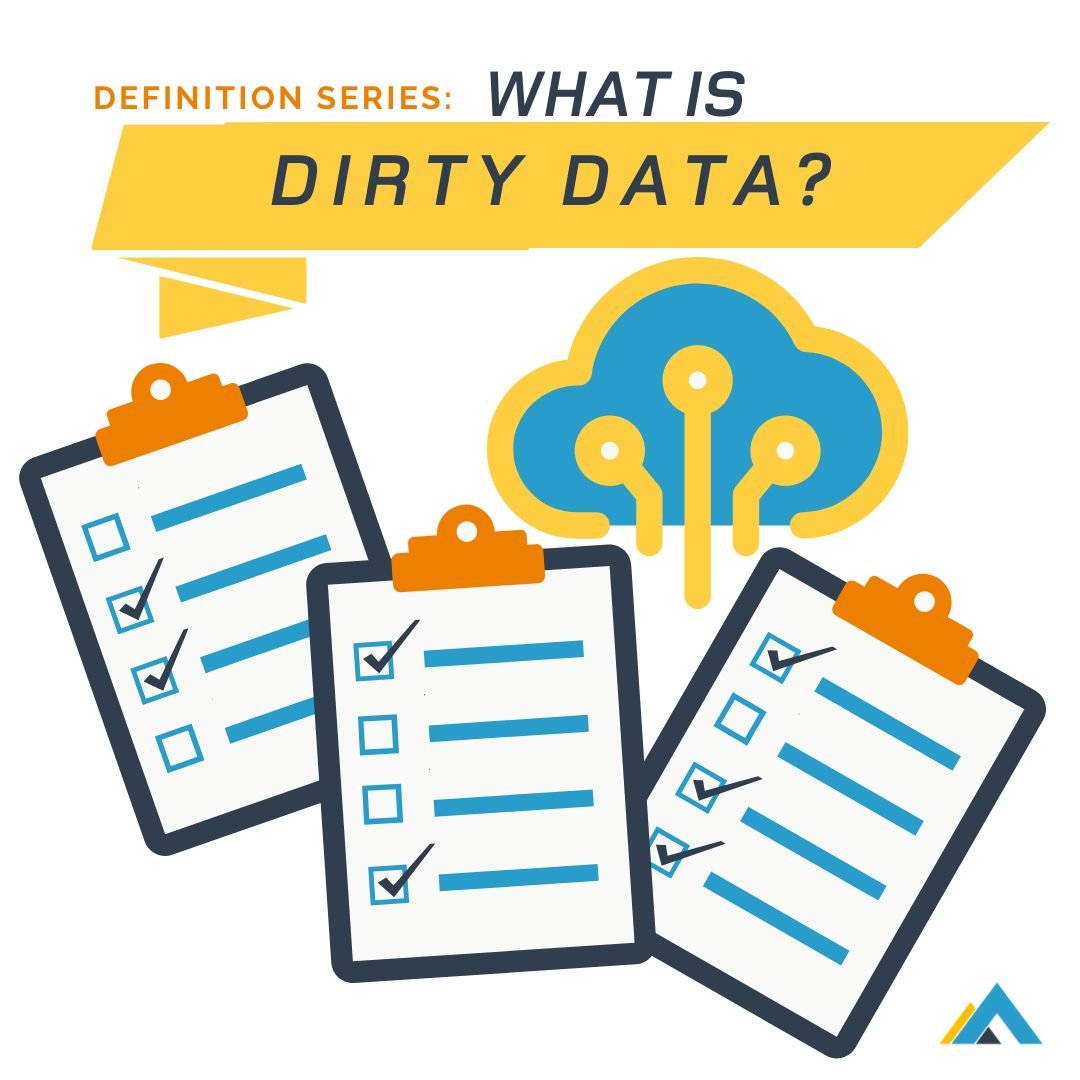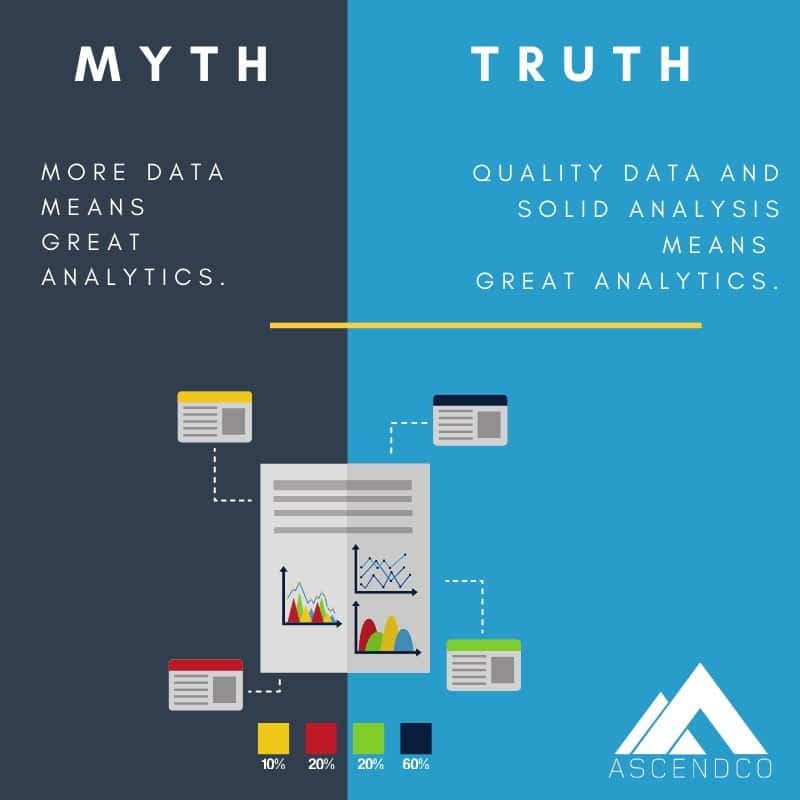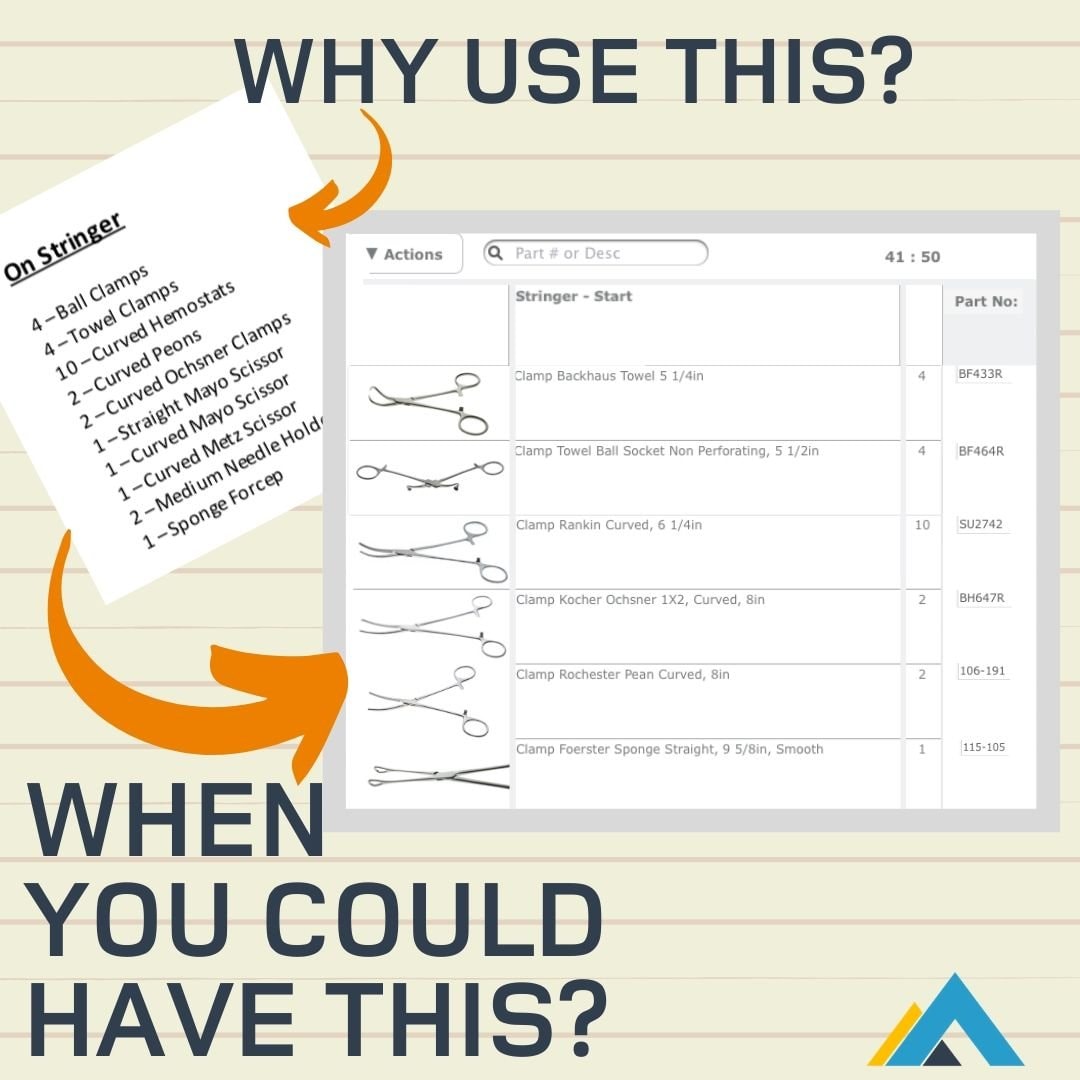
Dirty data is a problem! Calling your data dirty is another way of saying it is incomplete, improperly structured, or otherwise flawed. If you are suffering from dirty data, you might not have the ability to answer simple questions or dig into the root cause of issues in your department. You might even be making decisions based on inaccurate outputs.
Susan was asked to project the impact of adding additional Cardiac Clinic instruments to reprocess. Well, she decided to first look at the number of instruments currently processed for the Cardiac Clinic. She generated a report with the number of individual instruments processed in the last year in hopes of filtering by clinic. She was then faced with a problem. The field that contained the clinic names also contained specialties and departments. And her hospital has a Cardiac department, specialty, and clinic. How is she supposed to break that information down to get the answer she needs?
Susan is a motivated Sterile Processing manager using the tools around her to their fullest capacity. Yet she is still limited.
It is important to have the right structure built into the system where you are collecting your information. The example scenario highlighted the common structure problem of polyamorous field types. In other words, too much information is stored in the same location. This is just one example of a structure issue making filtering impossible and answering questions a whole lot more difficult.
In today’s digital age, special care must be taken when managing technology to ensure clean data is always the output. We keep track of information in order to use it. How can we expect valuable insights if we are not maintaining a high level of data integrity?
Next month we will explore what you can do to clean up the mess!
Dirty Data
is the foundation for how SPDs operate.

Clean data
is required for quality analysis!

Tech & Expertise
With the right technology and instrument expertise, you can build data integrity and keep it that way.

